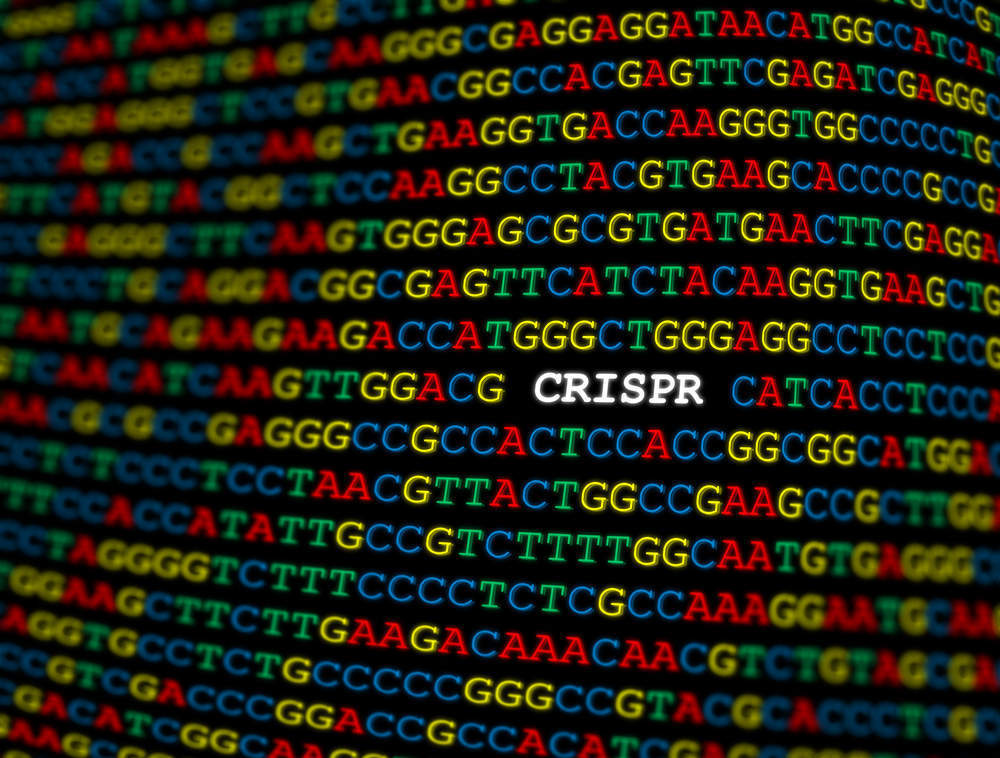
Jennifer Doudna, inventor of revolutionary gene editing technique Crispr, expects the technology to transform agriculture and medicine.
In an interview with the Financial Times – forming part of its Masters of Science 2018 series – Doudna discussed the potential for gene manipulation to improve human life and the need for transparent communication around the topic.
Crispr — which stands for clustered regularly interspaced short palindromic repeats — refers to naturally occurring sequences of DNA that certain bacteria use to edit their own DNA as a defence against viruses.
Normally also referred to as simply Crispr, Doudna’s innovation is actually Crispr-Cas9, a system allowing scientists to edit the DNA of almost any organism.
Read more: Technology isn’t rogue, it’s the humans that use it
The first Crispr-Cas9 results were published in 2012 and according to Doudna “the profound implications of this technology have been unfolding every since”.
How well do you really know your competitors?
Access the most comprehensive Company Profiles on the market, powered by GlobalData. Save hours of research. Gain competitive edge.

Thank you!
Your download email will arrive shortly
Not ready to buy yet? Download a free sample
We are confident about the unique quality of our Company Profiles. However, we want you to make the most beneficial decision for your business, so we offer a free sample that you can download by submitting the below form
By GlobalDataSince then, the technology “has accelerated the pace of modern research almost exponentially”. Doudna thinks there is significant scope for immediate innovation in agriculture.
Doudna told the FT:
Genome editing in agriculture has the potential to impact many people globally in the near term, and could address important challenges including drought, pests and nutrition.
Through the development of crops engineered to be healthier and more sustainable, food will likely be the first way most people personally experience the –Cas9 technology.
Genetically modifying crops involves adding the DNA for a desirable trait to an existing crop and is a subject of some controversy.
Advocates point to the possibilities of tackling hunger and food shortages by producing crops with higher yields, faster growth times or improved nutritional value, while naysayers are concerned they will increase resistance to pesticides across whole ecosystems or contaminate the gene pool via cross-pollination.
For Doudna, the positives can outweigh the negatives providing enough information is available to allow consumers to make informed decisions about food consumption.
She said:
Although there have been concerns about commercialisation of such efforts, dismissing all genetic modification of crops would miss a huge opportunity.
Doudna also discussed the ways in which Crispr will influence medicine. While the most significant developments are some way in the future, current research suggests wide-reaching potential for innovation.
Doudna said:
[The technology] is providing hope for a cure for genetic diseases such as sickle cell anaemia and Huntington’s disorder.
This form of genome editing will soon enter “the first FDA-approved clinical trial in the US as an anti-cancer therapy to treat multiple myeloma, melanoma and sarcoma” and “research is also being done to develop pigs that can grow healthy human-like organs for transplantation”.
As with genetic modification of crops, the idea of using genetic engineering in medicine has met with some resistance, with some critics worrying about the possibility of it being misused.
Doudna believes these risks can be mitigated by allowing the public access to plentiful, accurate information.
Gene editing technology could be part of the solution to feeding a growing population and responding to the treat of climate change. As the number of genome editing applications continue to grow, transparent communication with the public is no longer an afterthought, but a necessity.






